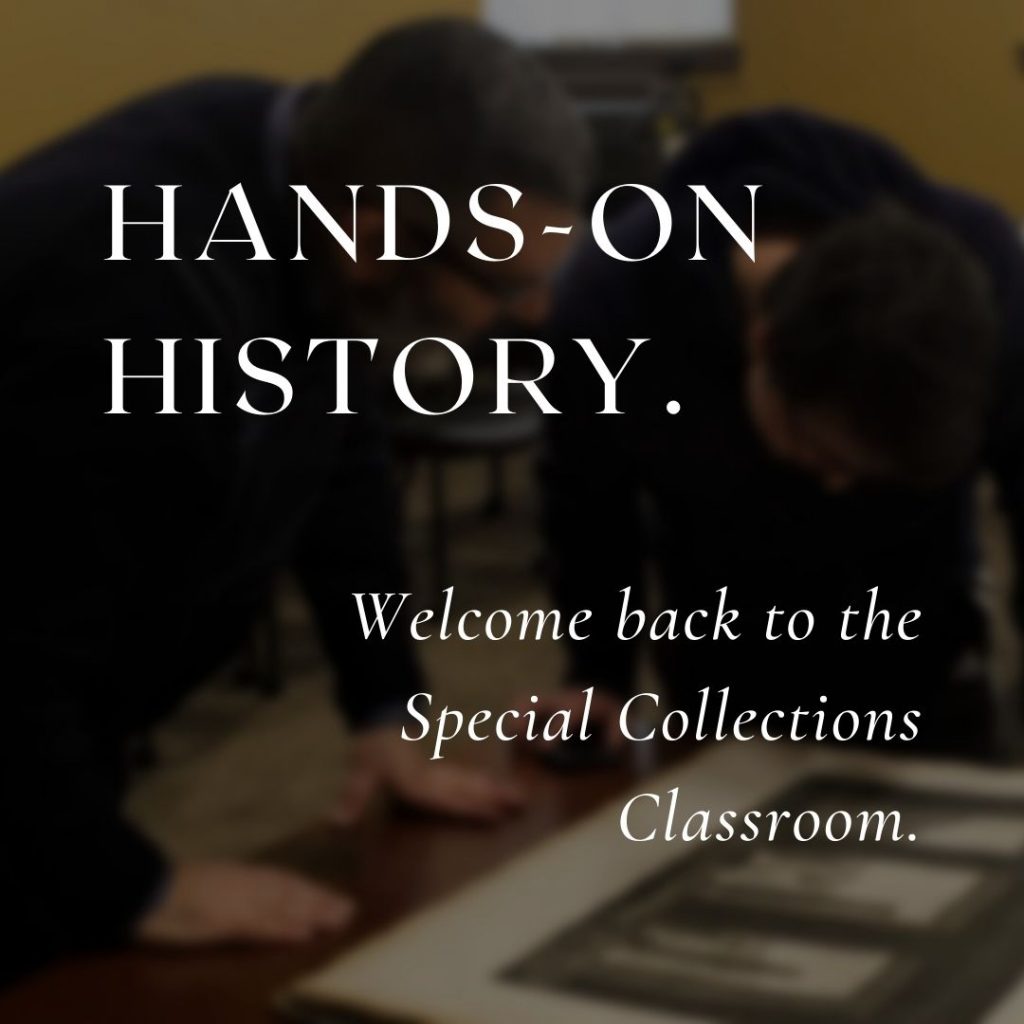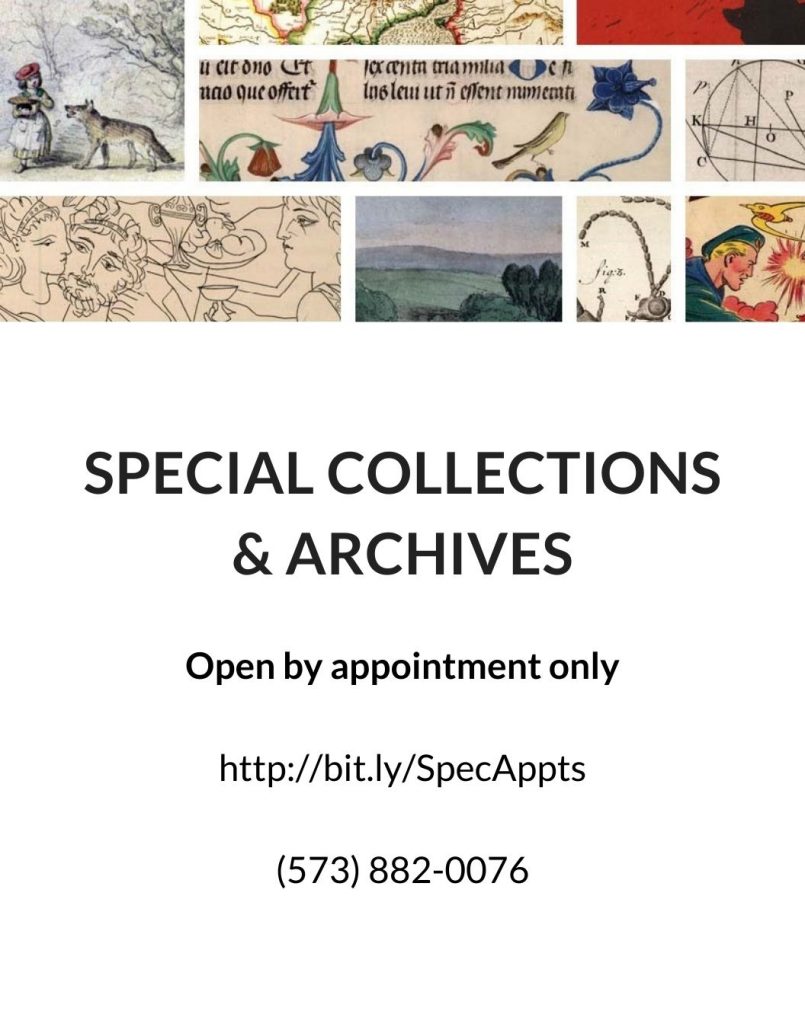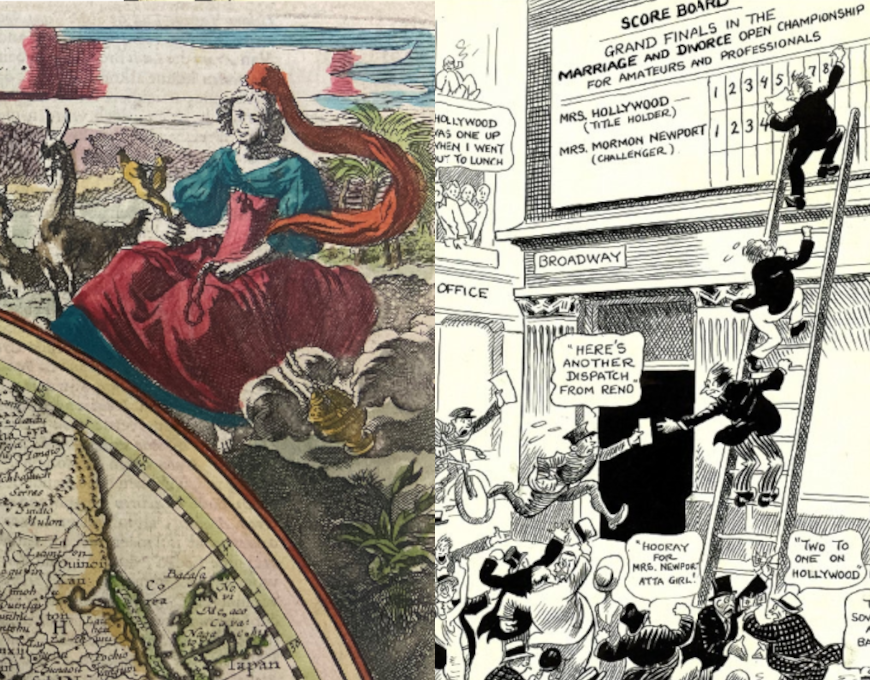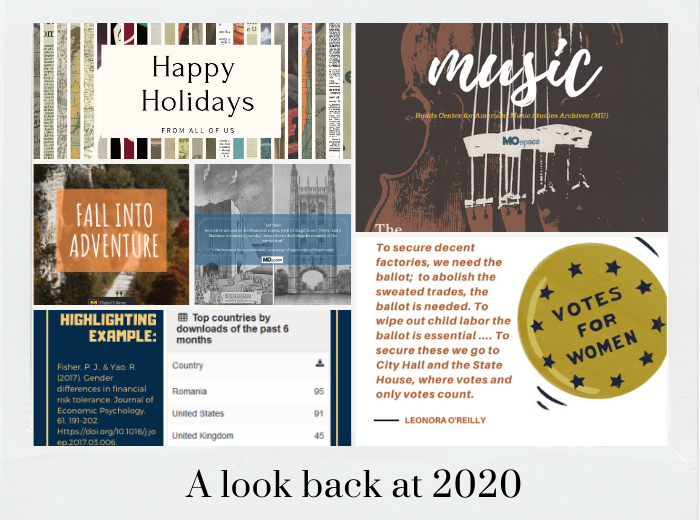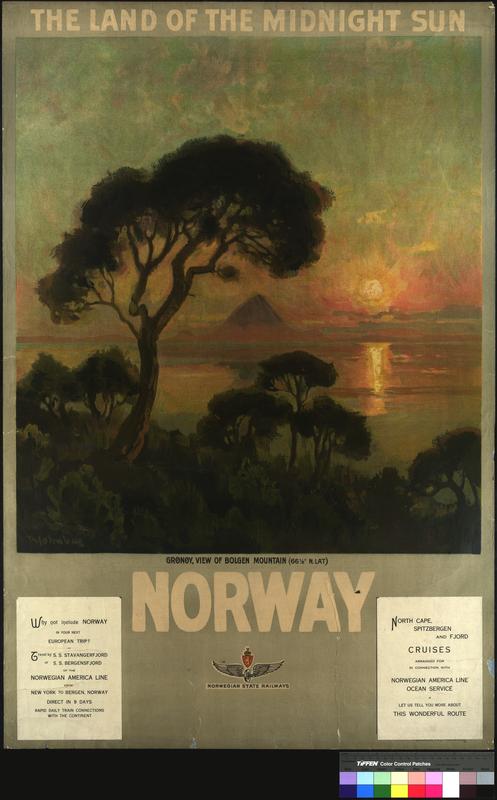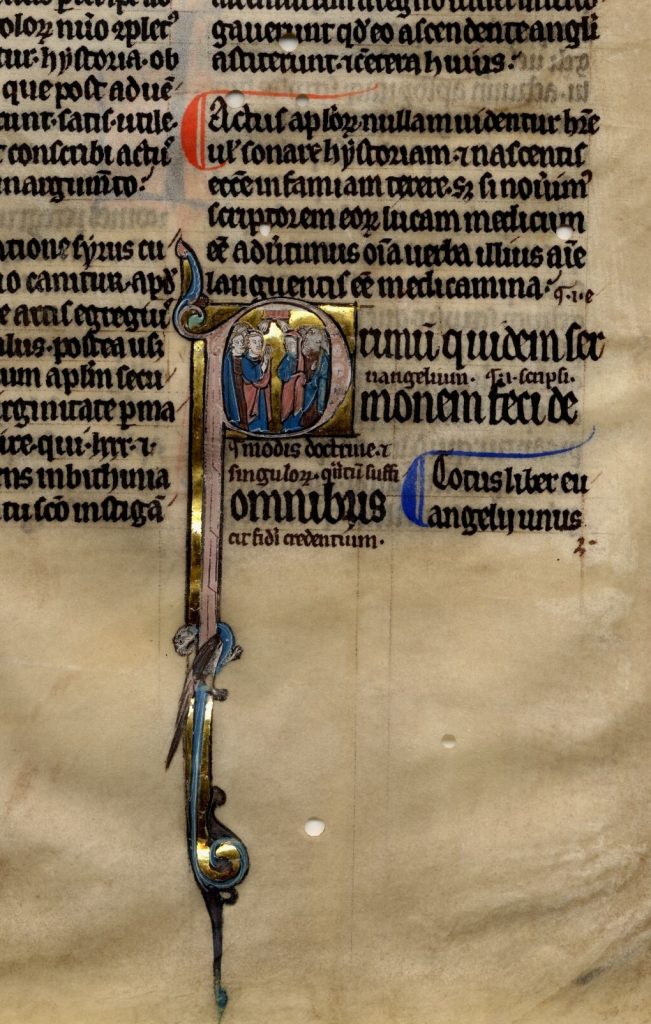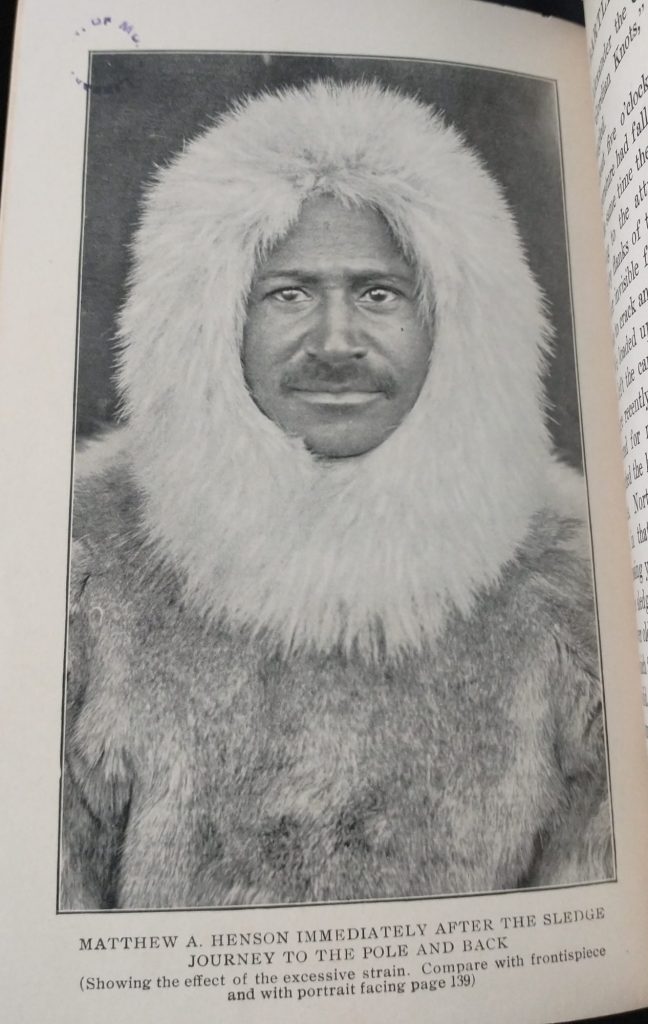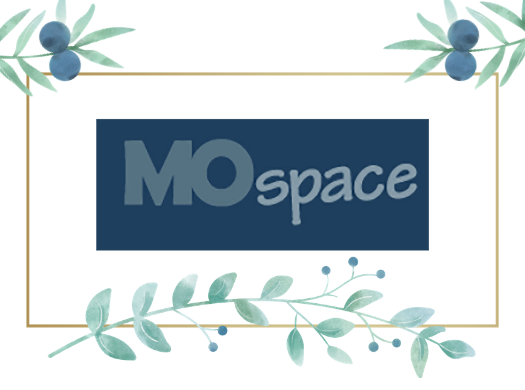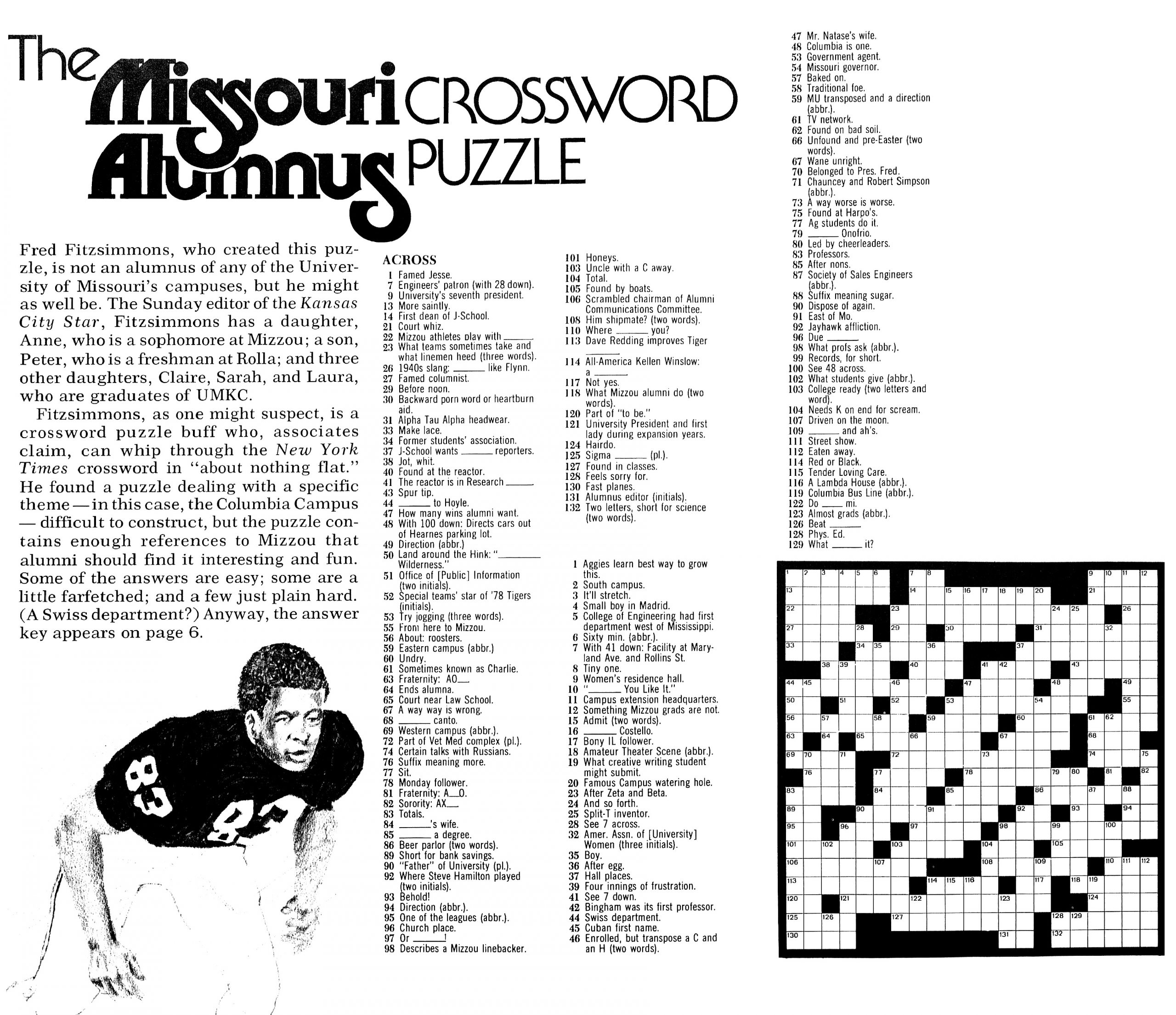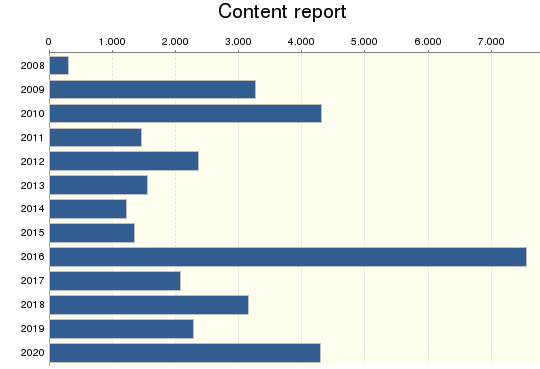 |
1: MOspace Grows by 12%
In 2020, we added 4,200 new items to MOspace, the online institutional repository for MU. This was the third largest number of new items added in a single year since MOspace was launched in 2008. MOspace now includes more than 35,000 research articles, presentations, theses and dissertations, maps, MU publications, etc.
|
|
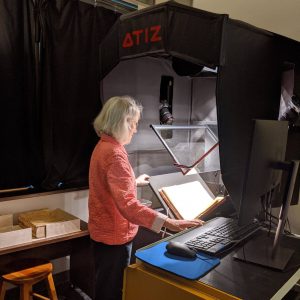
|
2: New Scanner Enables New Projects
A generous donor provided funding for a new scanner, adding to our overall capacity to complete digitization projects of large and fragile materials. The Atiz Mark 2 also has a v-cradle which puts less stress on the material during digitization. We have completed the digitization of several items we could not previously have done.
|
|
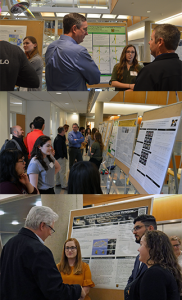
|
3: Office of Undergraduate Studies Partnership
This year we partnered with the Undergraduate Studies to host the Undergraduate Research & Creative Achievements Forum in the MU Digital Library. Held in the spring, summer, and fall, the Forum highlights the scholarship of MU students, and included abstracts describing the project, posters, PowerPoint slides, and videos. While previous Forums were in-person events, the move to remote classes in the spring was the prompt for this new partnership.
|
|
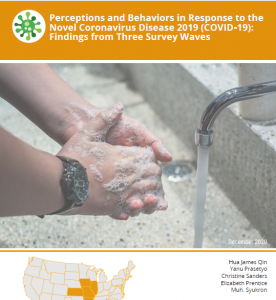
|
4: Faculty Research is Focus of MOspace Collection
Faculty research at the University of Missouri is the focus of a new collection in MOspace. The collection includes research material already in MOspace that we are in the process of adding to the new collection. It also includes articles published with open access licenses which were added in Phase 1 of a library project to identify and make published articles by MU faculty available in MOspace.
|
|
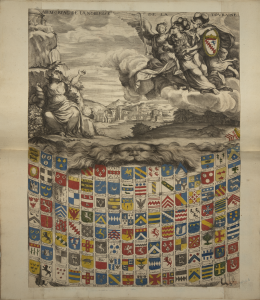
|
5: More Rare Materials Now Available Online
Digitization of rare materials was put on hold during the campus closure. Still, during the spring and fall semesters we were able to complete the digitization of rare materials in the Special Collections and Rare Books Department and unique materials on loan from a private collection. These are now available in the MU Digital Library
|
|
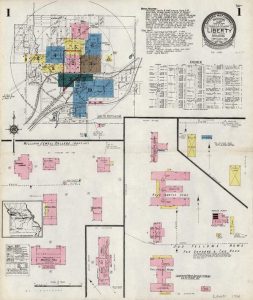
|
6: Sanborn Maps of Missouri
The Sanborn Fire Insurance Map Company, established in 1867, compiled and published maps of United States cities and towns. The maps are large scale plans that were used by the fire insurance industry. In 2020, maps published in 1924, along with other 1924 publications, entered the public domain in the United States. While we did not get all of our 1924 Sanborn maps digitized, we were able to add the 1924 sheets for Liberty and the Webster Groves sheets issued as part of the St. Louis volume. They are now available in the MU Digital Library.
|
|
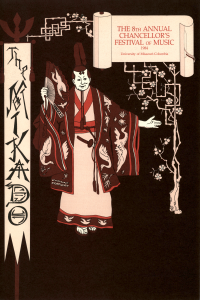
|
7: New Collection of Concert Programs
When the recently established MU Budds Center for American Music Studies asked us to partner on digitizing and making a collection of archival documents available in MOspace, we were thrilled. While this is an ongoing project, many MU concert programs, photographs, and posters, as well as miscellaneous publications are now in MOspace and available for use. Dates of items range from 1977 to1997. Check back for updates to this growing collection.
|
|
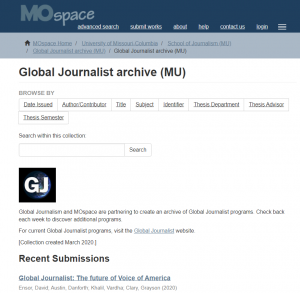
|
8: Global Journalist Archive Added to MOspace
In 2020, MOspace became the archive for audio recordings of the radio program, “Global Journalists.” As noted on the Global Journalist website: “Global Journalist covers press freedom, human rights and international affairs. The weekly, half-hour discussion is produced by faculty and students of the Missouri School of Journalism and Mid-Missouri Public Radio.” This is a growing collection, with 66 segments produced between 2002-2020 now available.
|
|
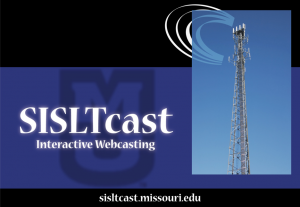
|
9: SISLT Webcast Recordings
The School of Information Science and Learning Technologies produced webcasts between 2005 and 2015. On each show practicing librarians and educators were interviewed about topics such as literacy, library positions, library programs, and educational technologies. 245 recordings now are archived in MOspace.
|
|
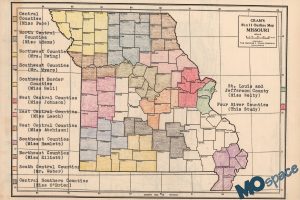
|
10: History of Missouri Place Names in Historical Theses
We are getting close to completion of a project to digitize 18 theses detailing the history of Missouri place names. They were written in the 1920s through the 1940s under the direction of Robert L. Ramsey, professor of English, and provide the origins of the names of counties, townships, post offices, rivers. branches, creeks, ridges, prairies, mounds, hills, valleys, gaps, churches, etc. These are great resources for historical information about Missouri.
|
|
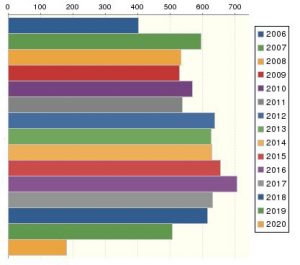
|
11: MU Theses and Dissertations
MOspace is the online repository for MU theses and dissertations published since 2006. This collection highlights research being completed at MU. In 2020, we added more than 470 theses and dissertations issued in 2019-2020. In addition, we added 61 older theses and dissertations which we digitized as part of an ongoing project to make these available online. This collection is one of our larger collections, with 9,200 total items, 8,366 of which were issued after 2005. Note: Because Fall 2020 items have not yet been added and authors may request a one-year delay before publication, the 2020 numbers in the graph are not complete.
|
|
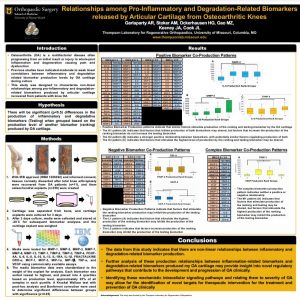
|
12: MU Publications in MOspace
In addition to the MU material mentioned elsewhere, we added current or historical items to several ongoing collections in MOspace, including:
|
|

|
13: Support for Remote Teaching and Learning
Since our unit focuses on creating and hosting online resources, we were able to support online teaching and learning by digitizing material and hosting online forums.
As an example, we digitized rare items for use in a history course and made the images available in the MU Digital Library:
|
|
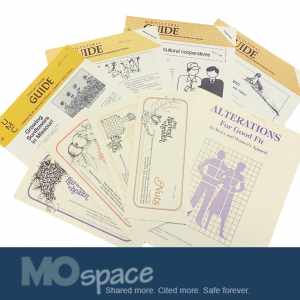
|
14: University of Missouri Extension
Our MU Extension digitization project got a boost in 2020. As we prepared to move to remote work, we quickly digitized historical MU Extension publications that would provide opportunities for remote work. The publications we digitized were in good condition and could be fed through a scanner with a sheet-feeder, so we were able to quickly digitize a large number of them. Staff reviewed and edited images from their home worksites. In 2020 we added 1,280 MU Extension publications to MOspace. They cover a variety of topics including agriculture, homemaking, recipes, and annual reports.
|
|
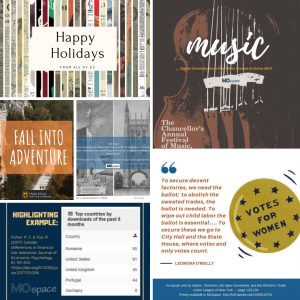
|
15: Instagram Posts Highlight Work
Digital Services joined forces with the Special Collections and Rare Books Department to inform and entertain Instagram viewers by providing information about the work of both departments and of the resources available in the University of Missouri Libraries.
|
|

|
16: Celebrating MU Students in Digital Services
In Digital Services, our excellent undergraduate student workers do most of our scanning work. That productivity was missed when we moved to remote work. With a return to campus, we were pleased that two of our long-term students re-joined us in the fall and picked up digitization projects related to rare materials and MU publications. |
|
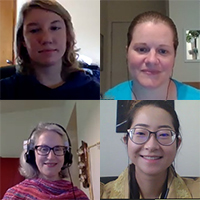
|
17: Personnel
This year Digital Services saw a lot of new faces. We welcomed a new staff member, Antanella, to our permanent staff of four, and had temporary help from two library staff members – Mara and Peter — who contributed to specific projects. We rely on MU student workers to accomplish our work and were fortunate to have excellent help this year. In addition, in the spring we had two graduate assistants (one of whom was short-term) who helped move projects forward. |
|

|
18: Campus Closure Prompts Move to Remote Work
With the rest of the campus, Digital Services moved to remote operations in March. In preparation, staff packed needed resources and made plans for virtual connections. Digital Services was fortunate in being able to continue its work off-site. Staff reviewed and edited digital images, added items to MOspace and the MU Digital Library and worked with others on campus to make their resources available. Other stories on this page feature some of these projects. Fortunately, we were able to return to campus in staggered shifts for the fall semester and resumed our on-site scanning work. |
|

|
19: Mission, Vision, and Values
The members of the University Archives, Special Collections, and Digital Services Division collaboratively drafted mission, vision, and values statements with guidance from Julie Brandt (Institutional Research & Quality Improvement). These will be posted on a forthcoming division website. As part of that process Digital Services reviewed and refined its own mission statement, which is posted here. |
|
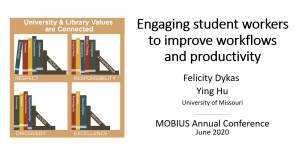
|
20: Giving Back to the Library Community
Ying Hu and Felicity Dykas shared tips about supervising students at the 2020 statewide MOBIUS conference held virtually in June. The annual MOBIUS conference is attended by academic and public library workers and provides an opportunity to share with and learn from colleagues.
|
|
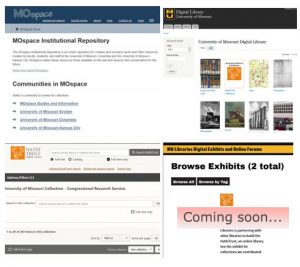
|
Looking Forward to 2021!
Many of our projects are ongoing and will continue into 2021. We also plan to resume activities that were put on hold due to the accommodations we had to make for Covid-19, including HathiTrust submissions. New in 2021: We will be launching a new site for digital exhibits and forums, such as online poster sessions. We will partner with others on campus to host their events and to develop digital exhibits.
|
